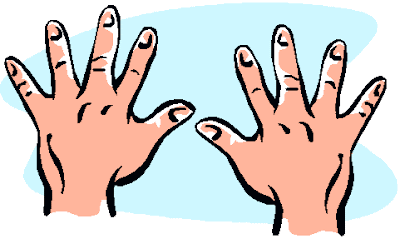You can work alone (if you prefer intrapersonal learning) or in pairs or groups of 3 or 4, if you prefer iterpersonal learning. If you do the latter just make sure that the others are not necessarily your friends. It will make you more objective.
You could use a past question from an exam paper as a prompt for planning your assignment. Answer the question by unravelling or/unpacking its key words and phrases.
Visual and spatial learners

- Produce a mind-map on a crucial chapter or your author showing links to themes, characterisation, settings, motifs-imagery, themes, etc. Use images and colours to symbolise and evoke meaning. Try to cover responses by different readers over time or different interpretations of the same text. Watch out for ambiguities in the text.
- A Power point on a chapter, author, important theme, character, the application of a critical reading/theory, historical and social context (of our time and/or the time when the novel is set. Are there any correspondences? What are the unresolved questions?)
- Change the form of a chapter or extract to a scene for a drama or a television script. Think about interpretation, the audience, themes, characterisation, context, etc. – then act it out.
- Create a collage on A2 on the authors, character(s), theme(s), motifs, critical reading(s), imagery, responses by different readers over time, using photographs, drawings or images from magazines, etc.
- Produce a programme for a play or a poetry performance that encompasses themes, ideas, different critical responses, etc.
- Create a blog with text, images and videos. You should also label your posts so you can organise your ideas around themes, characters, critical readings for different interpretations, narrative positioning, etc.
Visual linguistic learners
- Write an essay using a former essay question for your text.
- Write a letter from your Author, dramatist, poet in reply to criticism of the themes and ideas that are found in their novel, play or collection of poems. Place your reply within a historical context of the writer’s time.
Auditory learners
- Give a talk with props and images on the historical background of the text. Talk about various critical responses to the text or author over time.
- Role-play a scene from the text and discuss its significance for themes, motifs, imagery, characterisation, for the plot, themes, etc.
- Adopt a character from a play, novel, etc., write a little dialogue that the character might use to get you going and then place the character in a "Big Brother"or "Blind Date" situation with other characters in which they meet for the first time, etc.
- Write and perform a monologue in which you play one of the characters in role. Show your understanding of key themes and ideas, imagery, critical responses by readers over time, etc.

Kinaesthetic Learners

Select a chapter or extract from text and dramatise it. Explore characterisation, themes including motifs, historical background and ideas. Can you show different responses/interpretations by readers over time?- Create a number of freeze frames, either still or slow motion on important incidents, scenes, imagery, ideas, issues in your text. Can you show particular interpretations showing various viewpoints, etc…You can even digitally photograph your freeze-frames and present them with a voiceover or with background music using an electronic whiteboard

No comments:
Post a Comment